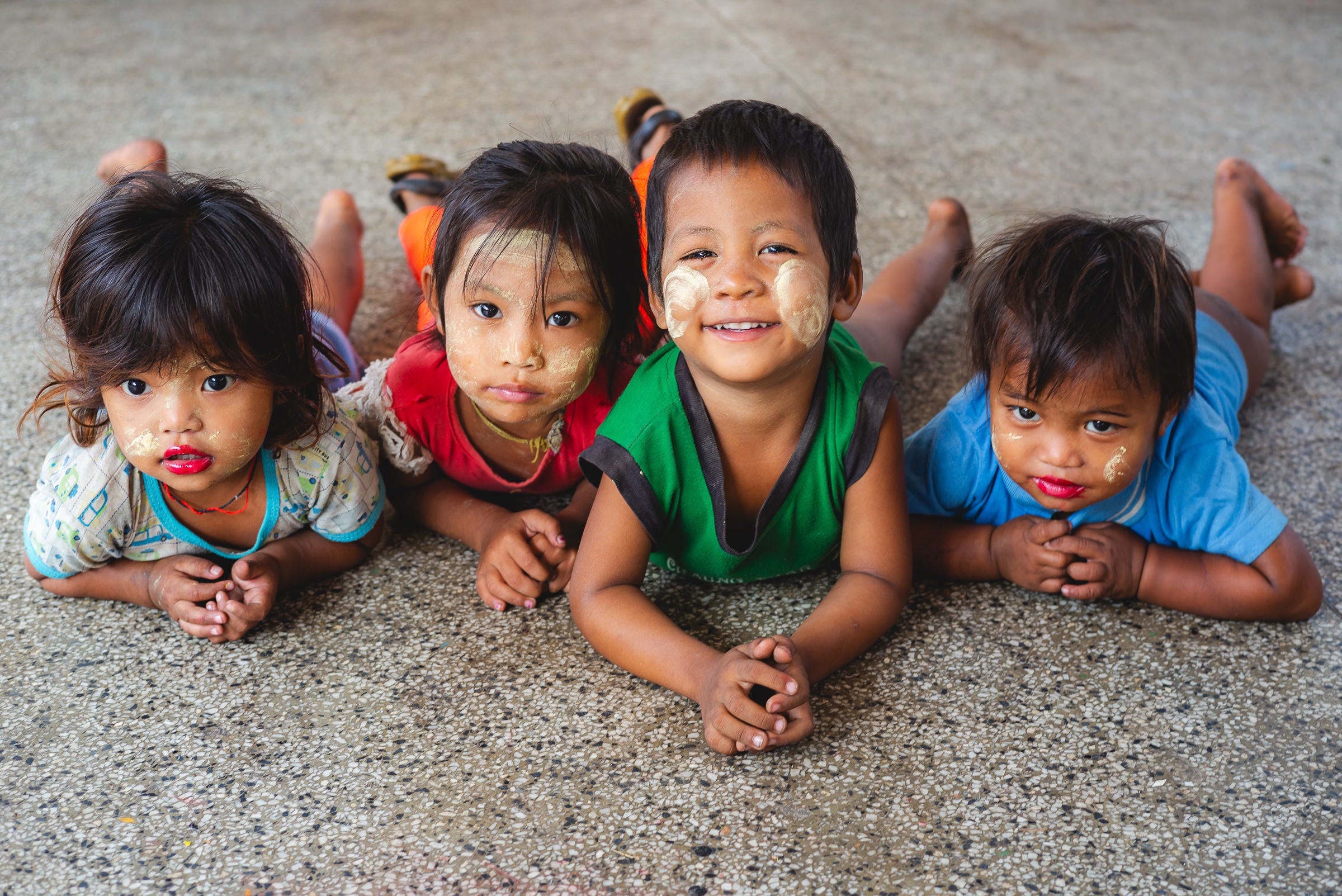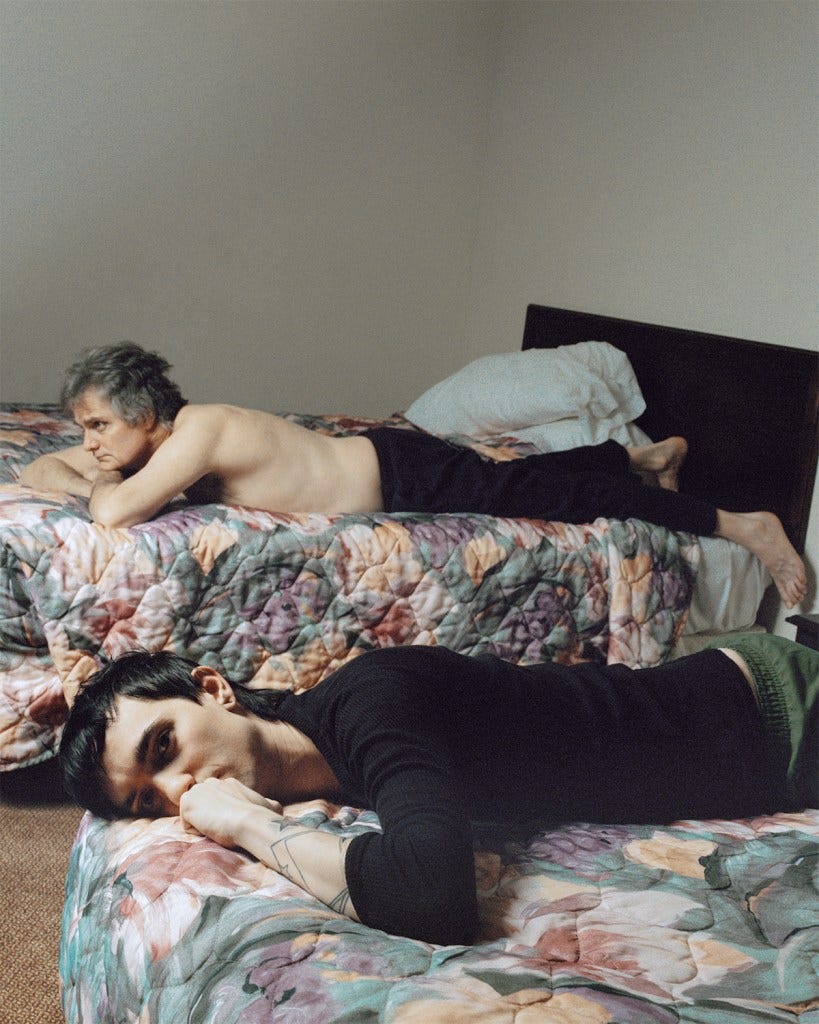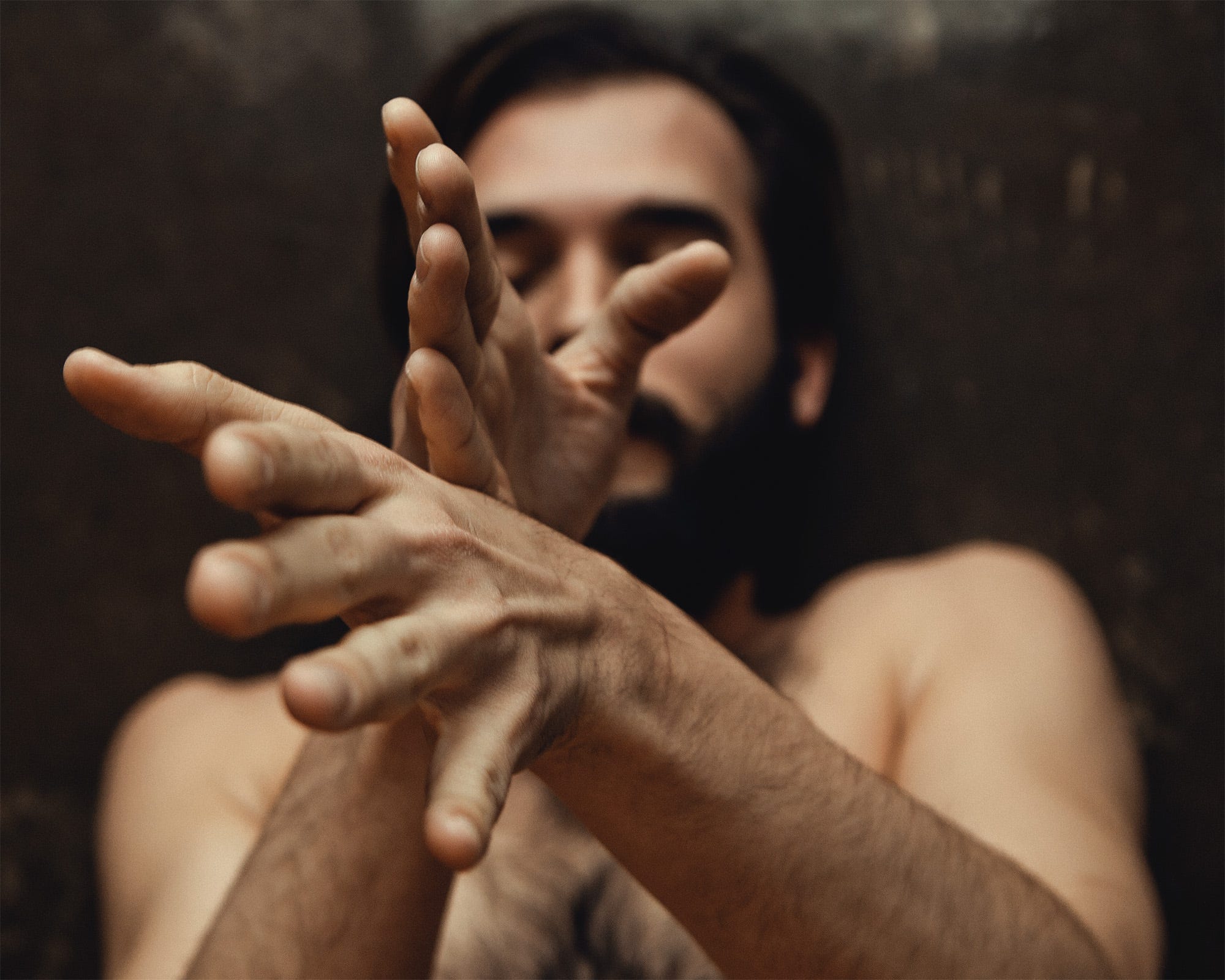Beyond the Frame 50/
On a day marked by sorrow in Myanmar and Thailand, I introduce four photographers who show how creativity can grow from adversity, using the camera as a tool for resilience and connection.
Myanmar Earthquake
It’s not a day for lighthearted banter. News of the earthquake in Myanmar and the growing toll of lives lost there and in Thailand has been the focus of our attention all day. We’re thankful that family and friends are safe but many have not been so fortunate.
The sun will be rising in Bangkok as I write this. Rescue workers will have worked through the night, hoping to save a reported 81 people still trapped beneath the rubble of a building that collapsed in the Chatuchak district.
News from Myanmar is more sketchy, but clearly the damage has been extensive.
Our thoughts are very much with everyone who has suffered loss and the friends, neighbours and aid organisations who are providing them with support.
If you’re in a position to help, the Myanmar Red Cross is providing emergency assistance and would put a donation to very good use.
Despite some earlier reservations, I’ve concluded that today might actually be a good day to share some of the uplifting stories I’ve been saving for this 50th edition.
*"In three words I can sum up everything I’ve learned about life: it goes on.”
~ Robert Frost
Inspiration
One of the aspects of photography that I love most is its accessibility. It doesn’t really matter who you are, where you’re from, how young or old you are, whether or not you’re able-bodied. If you can at least get access to a camera in some form, you can make photographs.
As a young boy in a remote part of Nepal once demonstrated to me, even if you don’t have access to film or memory cards, you can still enjoy the process of framing the world in a viewfinder. The battered disposable camera he’d found had long since run out of power, but without any expectations of ever seeing the results, he continued to frame portraits, clicking his tongue to mimic the sound of a shutter.
He made hundreds of pictures in his head every day and I bet they were all “keepers”!
Paralympic photographers
João Batista Maia da Silva
If you saw one of João Batista Maia da Silva’s pictures in the sports pages of a newspaper, you wouldn’t know that it had been made by a blind photographer. Last year’s Paralympics in Paris was the third Olympic event Maia da Silva has photographed.

“My photography relies more on my feelings, sensations and emotions than on vision. [I use] my tactile, olfactory and auditory perceptions, as well as my heart.”
~ João Batista Maia da Silva
Ian Rice
Also trackside in Paris was photographer Ian Rice, who has primary progressive multiple sclerosis. Ian was diagnosed in his 40s and says, “Initially, I didn’t take to my wheelchair at all well. I was in the worst possible mental health space, but taking up photography helped me to get out of the house.”
Ian photographed the triathlon, badminton, goalball, and tennis in Paris for Agence France-Presse.

“Normally, being over 50 and disabled in the UK means you’re unemployable because of discrimination, even when you’ve got 25 years of work experience and an MBA like I have. So for Agence France-Presse to engage me, it blows my mind. I cannot thank them enough.”
There are many more examples of photographers living with disabilities. Some earn a living as professional photographers; and there are many enthusiastic amateurs for whom photography provides a means of creative expression.
Readers might also remember the Seeing Beyond Sight project, reviewed in Beyond the Frame 13, about a group of teenagers at a school for the blind, who learned to use photography to communicate their experiences with sighted family and friends.
Finding Light Within The Dark
No less impressive are photographers suffering from psychological illness who find a way to express in photos what they might struggle to put into words.
Tara Wray describes photography as her “therapy blanket”.
In her book, Too Tired for Sunshine , Tara “confronts depression by documenting the beauty, darkness, and absurdity of everyday life”.
“The photos explore loneliness and isolation, as seen through a lens of absurdist dark humour.”

If you were looking for an image to illustrate the effects of depression, I doubt you’d find any more accurate—or more darkly comic—than Tara’s photograph of a squished doughnut. Tantalisingly delicious and sugar-coated, yet trapped beneath an indifferent, immovable dome that distorts it out of shape, denying its tasty potential.
Tara has established the Too Tired Project, an arts organisation which advocates for photography as a therapeutic tool. The organisation presents exhibitions, prints photo books and has a popular Instagram account.

Open Call—Finding Light Within The Dark
The Too Tired Project currently has an open call for submissions. The deadline for entries is Wednesday, 2nd April, 2025. The invitation for entries explains the premise:
“Sometimes it can be difficult to navigate the world, from our individual battles to those faced by society as a whole. Discovering sources of light in the midst of darkness acts as a beacon, encouraging us to endure. We invite you to share your representations of that light and hope.”
Using the camera as therapy
Photographer Ryan Pfluger described himself as a “nomadic creator” in his memorable TEDx talk.
Ryan describes how photography provides him with a way to connect with people, an antidote to his social anxiety. He speaks about how he built a dialogue with his estranged father through photographs, the two of them creating a “fantasy relationship that never actually existed”.
Ryan explains that the process of making photographs with his father created a bond between them which they might have been incapable of doing otherwise.
One particular phrase in Ryan’s TEDx talk resonates with me.
“As I started interacting with other people, I realised that the interaction itself was actually more interesting to me than the photograph.”
I may be wrong but I suspect many photographers will identify with that sentiment.
I’m always grateful for the connections that photography has allowed me to make, for the doors it has opened, and to the people who—to use Ryan’s words—have “allowed themselves to be vulnerable with a stranger.”
I’m proud of the photographs I’ve made but, in all honesty, the most important property of many photographs is to serve as a visual reminder of a moment when I made a meaningful connection with a stranger.
I read about Tara and Ryan in an old Vice article, which has details of four other photographers using their cameras as a therapeutic tool.
The Photographers’ Tribe
João Batista Maia da Silva, Ian Rice, Tara Wray, Ryan Pfluger… all working in very different ways but each using photography as a means of managing and overcoming personal challenges.
What a privilege to be in the same tribe as these impressive people.
Beyond the Frame—50th Edition
And finally, a quick thank you to all the readers who have written to me with words of appreciation for Beyond the Frame. If I’ve been able to communicate my love of photography in a way that resonates, I’m delighted.
The first 50 editions of Beyond the Frame in numbers:
In these challenging times, I am especially grateful for—and encouraged by—all the generous readers who show their appreciation with a subscription. Thank you!
Information about subscription levels and benefits can be found on the About Page.
I always sign off with “go well”, and I always mean it, but today it’s especially heartfelt.
Until next time, go well.
Directory: Beyond the Frame newsletter archive.
Resources: Recommended books, films, gear, media etc.
Beyond the Frame 49/
Thailand’s Ghosts in Masks (Phi Ta Khon) festival.
Which cameras are most popular with readers?
Invitation to an AI panel discussion.










Terrific post, forwarded to several friends and relatives. My son-in-law is (at least current) responsible for US Commerce Dept logistics throughout Asia, including Myanmar, terrible what happened.
Big disaster and by what happened in Bangkok I guess parts of India, Bangladesh, Laos and China were also affected. But in those areas with bad communications we may never really know the damage extent.